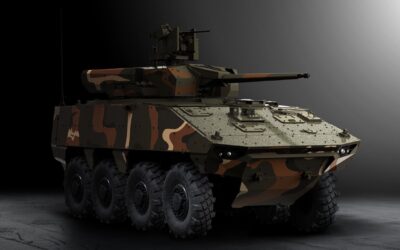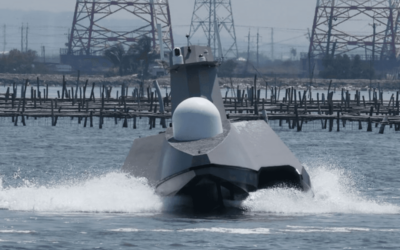METLEN has entered into an exclusive partnership with KNDS France for the production of the latest-generation French 8×8 Infantry Fighting…
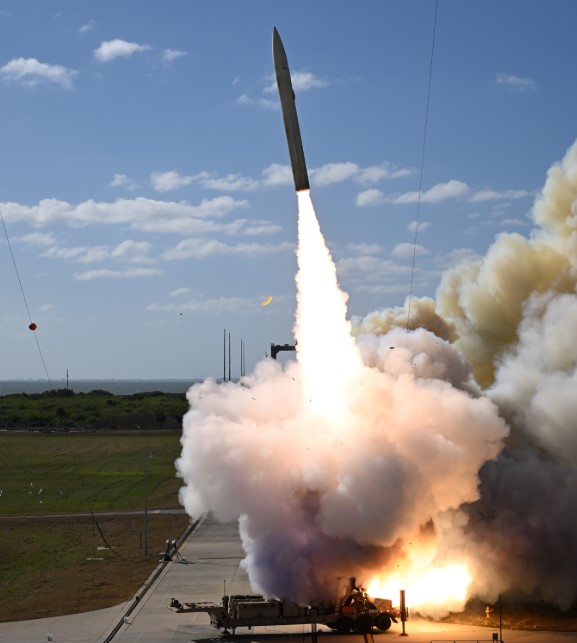
The US Army has successfully conducted a test launch of its new hypersonic missile system, “Dark Eagle,” after two years of delays.
The test launch, carried out in collaboration with the US Navy’s Strategic Systems Programs, marks a significant milestone for the Long-Range Hypersonic Weapon (LRHW).
The test took place at the Cape Canaveral Space Station in Florida, under the supervision of the US Army’s Rapid Capabilities and Critical Technologies Office in collaboration with the US Navy’s Strategic Systems Programs office.
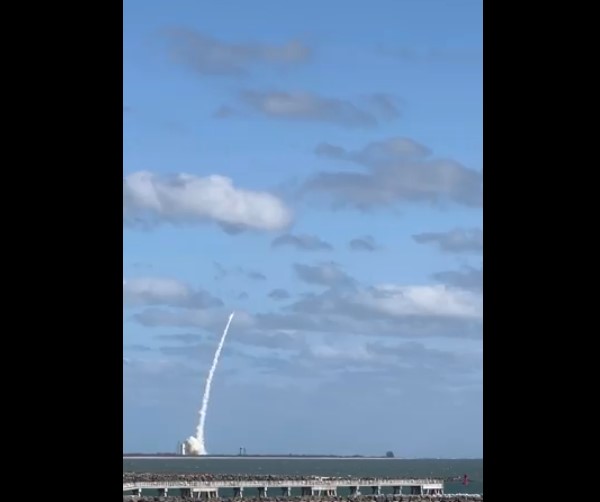
Here is one of my iPhone videos of the LRHW test launch from Cape Canaveral this morning.
For two years, the US Army had announced its intention to test the missile system, but encountered problems that prevented these trials from taking place. As noted by the US Army, past issues with Dark Eagle tests were attributed to unspecified launcher problems, not the missile itself.
The launch of the “Dark Eagle” demonstrated the capabilities of the Common Hypersonic Glide Body, which achieved hypersonic speeds while showcasing the ability to neutralise targets at long distances, according to a statement from the US Department of Defence.
The test paves the way for the initial operational deployment of the hypersonic missile system to US Army units, with plans to expand the capability to surface units, such as Zumwalt-class destroyers and the US Navy’s future Virginia Block V-class submarines.
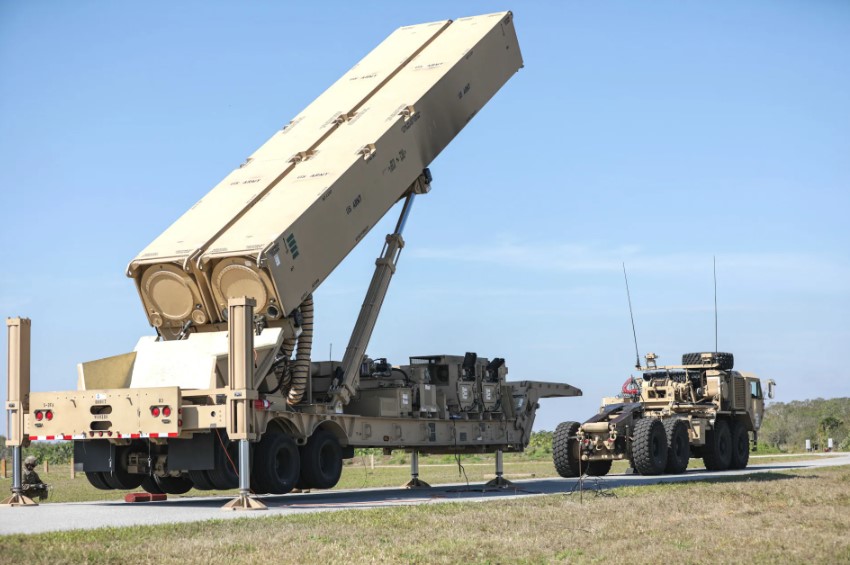
The All Up Round (AUR) missile, developed under the Dark Eagle missile system, consists of two main components: a two-stage rocket booster and an unpowered hypersonic boost-glide vehicle on top.
As designed, the missile accelerates a cone-shaped vehicle to optimal speed and altitude before releasing it, after which it glides toward its target at hypersonic speeds—defined as anything above Mach 5—and along a relatively low-altitude atmospheric flight path, performing erratic manoeuvers along the way.
The US Army has previously stated that the system’s maximum speed is at least Mach 17, and its maximum range exceeds 2,775 km.
Also read: Northrop Grumman | To produce the first Hypersonic Glide Phase Interceptor
READ MORE
F/A-XX | Awaiting Developments on US Navy’s Sixth-Generation Stealth Fighter Plans
The US Navy is expected to announce this week who will be awarded the “golden contract” to develop its next-generation stealth fighter…
Endeavor Manta | Taiwan’s New USV
Taiwan has introduced its first indigenous unmanned surface vehicle (USV) as part of its efforts to develop asymmetric…
CERIDES | 1st Planning Conference of the UCPM DEMONAX – Cyprus Earthquake Full-Scale Exercise
CERIDES – Centre of Excellence in Risk and Decision Sciences of European University Cyprus had a strong presence during the 1st Planning…
EMAK | New Operational Boost with Eight INTRUDER SE Drones
The Ministry of Climate Crisis and Civil Protection is moving forward with the procurement of eight INTRUDER SE-type unmanned aerial…
KNDS France – METLEN | Partnership for the Production of the VBCI PHILOCTETES® in Greece
METLEN has entered into an exclusive partnership with KNDS France for the production of the latest-generation French 8×8 Infantry Fighting…
USΑ | Bipartisan Bill Submitted to US Congress to Lift Cyprus Arms Embargo
A bipartisan bill titled the “American-Hellenic-Israeli Eastern Mediterranean Counterterrorism and Maritime Security Partnership Act of 2025”…
AI Task Force | First Session of the National Committee for Artificial Intelligence of Cyprus
The first session of the National Commission for Artificial Intelligence (AI Task Force) was held, marking the official start of the work…
Germany | 5,000-Man Armoured Brigade in Lithuania to Bolster NATO’s Eastern Flank
Germany officially commenced its first permanent deployment of foreign troops since World War II on Tuesday.










